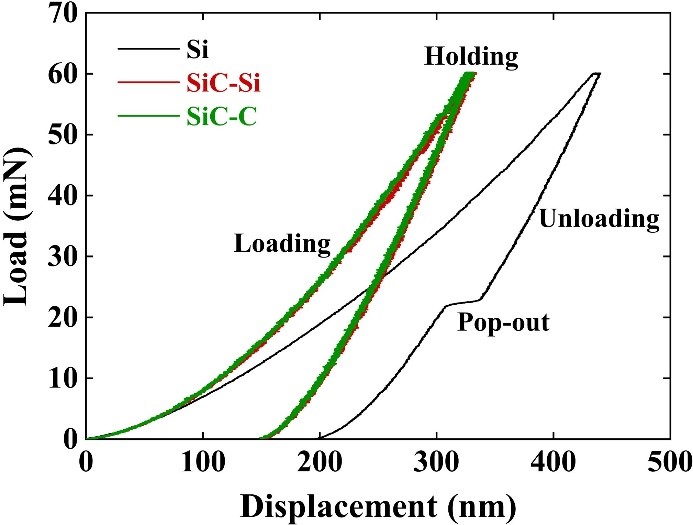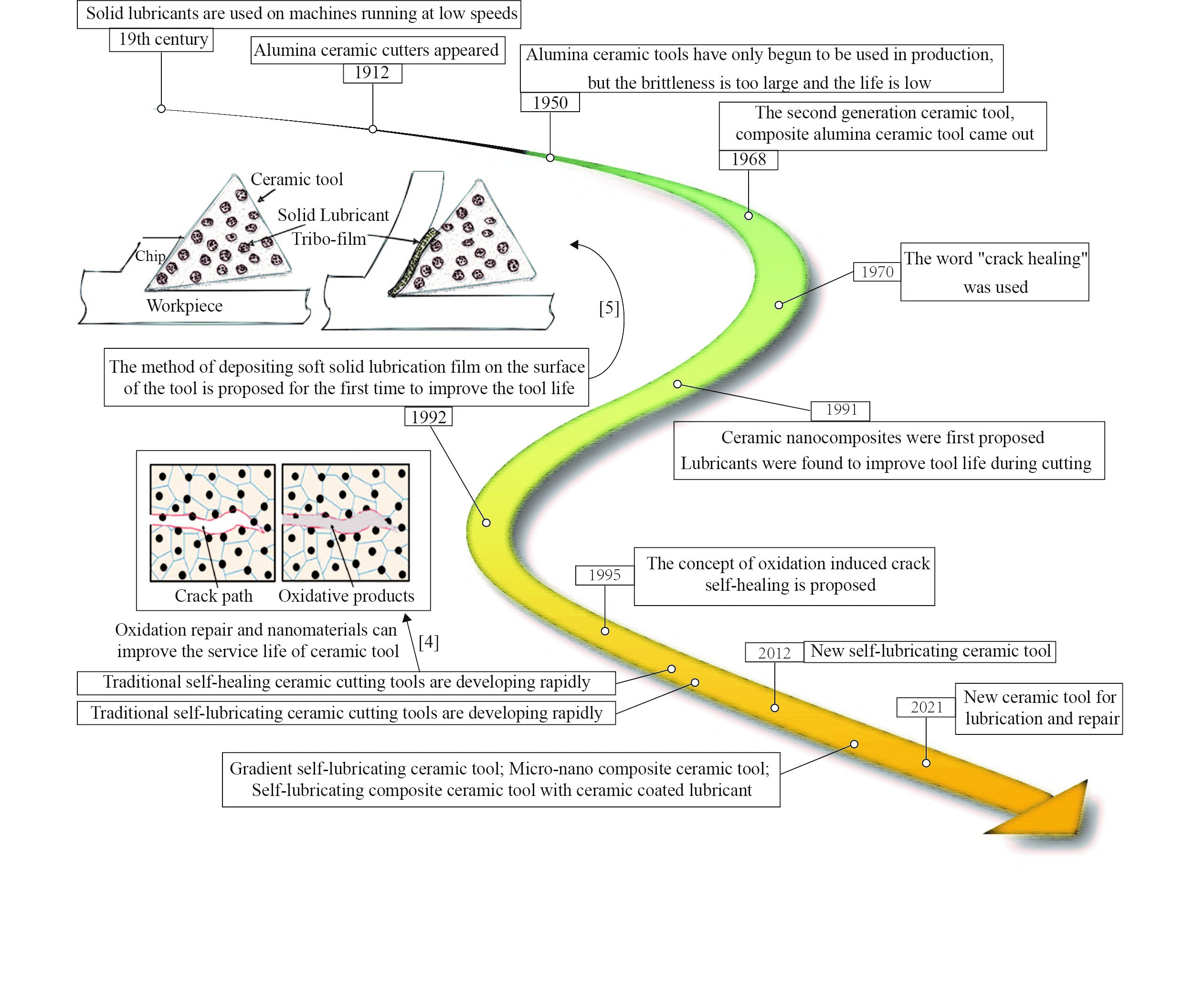Found 3 results
Article
21 January 2025Machining Characteristics of Graphene Oxide-Based Nanosuspensions in Abrasive Machining of Single-Crystal Si and SiC
Single-crystal silicon (Si) and silicon carbide (SiC) are core semiconductor materials in communication, lighting, power generation, and transportation. However, their high hardness and wear resistance combined with low fracture toughness have posed significant challenges for high-efficiency and low-damage machining. Aqueous suspensions containing nanoparticle additives have recently been developed for sustainable manufacturing due to their satisfactory tribological performance and environmentally friendly nature. In this work, nanoadditives, including two-dimensional (2D) graphene oxide (GO) nanosheets and zero-dimensional (0D) diamond nanoparticles, were ultrasonically dispersed in water to formulate different GO-based nanosuspensions for achieving high-efficiency and low-damage abrasive machining. The experimental results indicated that GO nanosuspension was a suitable coolant for grinding Si, generating a ground surface of 32 nm in Ra, owing to its great lubricity and excellent resistance against mechanical abrasion. Diamond-GO hybrid nanosuspension demonstrated a synergistic effect in abrasion, lubrication and oxidation, which was thus appropriate for polishing SiC single crystals, leading to approximate 60% and 30% improvements in removal and roughness respectively, in comparison to a commercially available diamond suspension.

Review
19 July 2024Solid Additives to Increase the Service Life of Ceramic Cutting Tool: Methodology and Mechanism
With the development of the manufacturing industry, there is an increasing demand for high-efficiency processing, high-precision processing, and high-temperature processing. The characteristics of ceramic tools, such as high hardness and wear resistance, make them suitable for high-precision processing. Additionally, their excellent high temperature resistance perfectly meets the requirements of high temperature processing. However, ceramic tools have a relatively low strength and are prone to breakage, which limits their application in some high-strength machining fields. Their low toughness and brittleness also lead to easy cracking and reduced tool life, resulting in frequent tool changes that further limit processing efficiency. Therefore, improving the service life of ceramic tool materials is crucial to enhance processing efficiency and achieve significant economic benefits. With the development of material science, solid additives with toughening and strengthening properties have greatly improved the performance of ceramic tool materials and given ceramic tools new life-enhancing properties, such as lubrication and repair. By utilizing the combined action of one or more solid additives and employing surface coating technology, the service life of ceramic cutting tools is significantly extended. This makes the application of ceramic tools in industrial cutting more and more widely, and the demand is also growing rapidly. However, the mechanism and methods of various solid additives to increase the life of ceramic tool materials have not been systematically reviewed. The analysis of the composition and functional properties of ceramic tool materials was used as a basis to summarize the mechanism by which various solid additives improve the service life of ceramic tool materials, and to provide points for attention in their use. The aim is to assist researchers in designing and preparing new ceramic tool materials that can meet processing requirements. Finally, the research status, challenges, and prospects of enhancing the service life of ceramic cutting tools with solid additives are summarized, providing a foundation for further research.

Review
23 February 2024Research Status and Prospect of Ultrasonic Vibration and Minimum Quantity Lubrication Processing of Nickel-based Alloys
Nickel-based alloys has important application value in modern industrial field, but there are a lot of problems that are difficult to solve in traditional processing, and it is a typical difficult-to-process material. In order to improve the machinability of nickel-based alloys, scholars try to use a variety of non-traditional processing methods to explore and study the processing of nickel-based alloys. In these studies, ultrasonic vibration assisted processing technology and minimum quantity lubrication (MQL) processing technology can achieve remarkable results. The intermittent separation cutting characteristics of ultrasonic vibration assisted processing technology can improve the processing quality by changing the tool path, while minimum quantity lubrication processing technology can improve the lubrication effect of cutting, combining ultrasonic vibration assisted MQL processing leverages the benefits of both methods, resulting in improved machinability and expanded application of nickel-based alloys. Summarize the current research status on the machining mechanism of nickel-based alloys assisted by ultrasonic vibration and micro lubrication, and anticipate its developmental trends. This provides a reference for future research on the efficient machining mechanisms and practical applications of nickel-based alloys.
